[et_pb_section fb_built=”1″ admin_label=”section” _builder_version=”3.0.47″][et_pb_row _builder_version=”3.0.47″ background_size=”initial” background_position=”top_left” background_repeat=”repeat”][et_pb_column type=”1_4″ _builder_version=”3.0.47″ parallax=”off” parallax_method=”on”][et_pb_text _builder_version=”3.0.87″ background_size=”initial” background_position=”top_left” background_repeat=”repeat” module_alignment=”left” use_border_color=”off” border_color=”#ffffff” border_style=”solid”]![]()
[/et_pb_text][/et_pb_column][et_pb_column type=”3_4″ _builder_version=”3.0.47″ parallax=”off” parallax_method=”on”][et_pb_text admin_label=”Major advertisers” module_id=”Major advertisers” _builder_version=”3.0.87″ background_size=”initial” background_position=”top_left” background_repeat=”repeat” module_alignment=”left” use_border_color=”off” border_color=”#ffffff” border_style=”solid”]
Pimlico. Photo by The Racing Biz.
by Frank Vespe
Want to understand the proposed future of Pimlico? One place to look would be to a race even older than the Preakness at a venue far more ancient than even Old Hilltop: Il Palio, the twice-yearly horse race around the Piazzo del Campo, the central square in Siena, Italy.
The release, Thursday morning, of the second phase of the Maryland Stadium Authority’s study on the future of Pimlico generated a blizzard of news inside and outside of the racing industry.
But, as blizzards are wont to do, this one obscured in some ways an even more critical point: the study is merely one more step on a journey that, however it concludes, will leave Maryland racing radically transformed.
[/et_pb_text][et_pb_text admin_label=”All advertisers” _builder_version=”3.0.87″ background_size=”initial” background_position=”top_left” background_repeat=”repeat” module_alignment=”left” use_border_color=”off” border_color=”#ffffff” border_style=”solid”]
That race, the Palio di Siena, provided the inspiration for the planning team as it worked to reimagine Pimlico not as a racetrack closed off from the surrounding neighborhoods but as a vibrant community center linking them, improving them — and, not coincidentally, saving the Preakness Stakes for Baltimore City.
But that transformation won’t come cheap, and it won’t be easy. The project comes with an estimated price tag of $423.8 million, and no real certainty of who would pay, or where that money would come from.
“We ask State and local leaders, working together with all segments of the racing industry, to tackle during the upcoming legislative session the important questions surrounding not only the financial requirements for a modern stadium that can host the Preakness Stakes but how to best support the needs of the Thoroughbred industry as a whole, sustainable year-round horse racing and training, an enhanced guest experience and greater fan engagement in Maryland,” Stronach Group chairman and president Belinda Stronach said in a statement.
[/et_pb_text][et_pb_text _builder_version=”3.0.87″ background_size=”initial” background_position=”top_left” background_repeat=”repeat” module_alignment=”left” border_style=”solid”]
[/et_pb_text][et_pb_text admin_label=”3rd part of story” _builder_version=”3.18.4″ background_size=”initial” background_position=”top_left” background_repeat=”repeat” module_alignment=”left” border_style=”solid”]
The 2019 legislative session in Maryland is scheduled to begin January 9 and conclude by early April. That leaves a lot of work to be done in a short time.
“I’m not surprised at all, and I’m really, honest to goodness, not surprised at the number,” Maryland Racing Commission chairman Michael Algeo said Thursday afternoon, following the Commission’s monthly meeting. “After the first study [which estimated a Pimlico renovation at around $300 million], I looked at that number and I talked to people that are in the know in terms of horse racing and what it was going to cost to redo Pimlico. I thought that the number after phase one was incredibly low. So this number does not surprise me at all. We’re in the same position now as we were before. We know what it’s going to take.”
It also did not surprise Maryland Jockey Club president Sal Sinatra, who said that the company had been “deeply involved” in helping the Stadium Authority understand the company’s goals and requirements as it envisioned a new Pimlico that would be a fitting home for the Triple Crown’s Middle Jewel, the Preakness Stakes.
[/et_pb_text][et_pb_text admin_label=”related posts” _builder_version=”3.0.87″ border_color=”#757575″ border_style=”solid”][yuzo_related]
[/et_pb_text][et_pb_text admin_label=”3rd part of story” _builder_version=”3.18.4″ background_size=”initial” background_position=”top_left” background_repeat=”repeat” module_alignment=”left” border_style=”solid”]
Still, it’s somewhat surprising that the price tag rose by about $100 million between the first and second phases of the Stadium Authority study. That’s due, in part, to the Stronach Group’s desire for the new Pimlico to be a showplace, as opposed to simply an improved version of the old Pimlico. The proposed multi-use clubhouse itself would cost nearly $135 million.
But it also stems from the substantial transformation of the Pimlico site envisioned by the Authority proposal.
“The consultant team and key stakeholders found similarities to the planning challenges of the Pimlico site and inspiration in the history, culture and design of the Palio and Piazza del Campo,” the report stated. While both share status as historic multi-day spectacles with a certain “rite of passage” quality to them, the proposal aims to reposition Pimlico — literally, as it turns out — to be more like Il Palio as a community square linking different neighborhoods.
Among the key steps:
- Track reorientation. The track would be rotated 35 degrees to make it run parallel to Belvedere Avenue, the street which abuts the current six-furlong chute. That reorientation, the planning team said, would eliminate “pinch points” that restrict public circulation and hinder other development opportunities. The reoriented track would be 15/16 of a mile around, a half-furlong shorter than the current configuration, but it would align the racing strip with the city street grid and allow for connectivity through the site.
- Improved connectivity. While Pimlico currently serves as a barrier, the plan envisions streets running through the site at Pimlico Road at the east end of the track, Pembridge Ave., and Queensbury Ave. Those all would connect Belvedere to the south with Northern Parkway.
- The Palio area. According to the study, “The Palio is envisioned as a flexible public space that will help Pimlico Race Course become the center of public life.” Located behind the clubhouse, it will house the paddock and walking ring but also be flexible enough to be used for other public, non-racing events such as concerts, markets, and festivals.
- No stabling. To accomplish all of this, the plan envisions the end of Pimlico as a year-round training facility. The site would have only enough stalls for in-today horses, though it does envision Preakness and other visiting stakes horses stabled on the grounds for the week leading up to the Middle Jewel.
- Flexibility. The plan calls for a number of permanent racing facilities — the track itself and the multi-use clubhouse foremost among them — but it also calls for substantial temporary “overlay” districts to provide additional seating and dining options during Preakness weekend.
- Ancillary development. The plan calls for — but does not fund or further investigate — a variety of other development at the site to ensure that it becomes a year-round asset to the community.
According to two different construction timetables included in the study — one envisioning keeping the Preakness at Pimlico while renovating it, the other having the Preakness decamp to Laurel Park for two years — the first Preakness in the all-new Pimlico would take place in 2024.
Between here and there, however, is some pretty challenging terrain. The project’s price tag is almost exactly equal to the $402.5 million the racing industry has received — which has gone to purses, state-bred owner bonuses, facilities improvements — from video lottery terminals (slots) since the advent of that program in 2010, according to the Maryland Lottery and Gaming Control Agency. With the Stronach Group having shown little appetite for making substantial investment in Pimlico, given the tens of millions of dollars it has already spent, and is continuing to spend, at Laurel, it’s hard to imagine the city and state coughing up that kind of money.
Then again, perhaps the Stadium Authority’s new vision will wow the Legislature.
“It is an opportunity that’s not going to present itself again, and that’s a parternship with the Stronach Group, the city and the state and Sinai [Hospital] to do what they want to do in that community that could be the saving grace for that community,” Algeo opined. “It’s not just Maryland racing; it’s really the good of the city and the good of Maryland overall as well.”
[/et_pb_text][et_pb_text admin_label=”Minor advertisers” _builder_version=”3.0.87″ background_size=”initial” background_position=”top_left” background_repeat=”repeat” module_alignment=”left” use_border_color=”off” border_color=”#ffffff” border_style=”solid”]


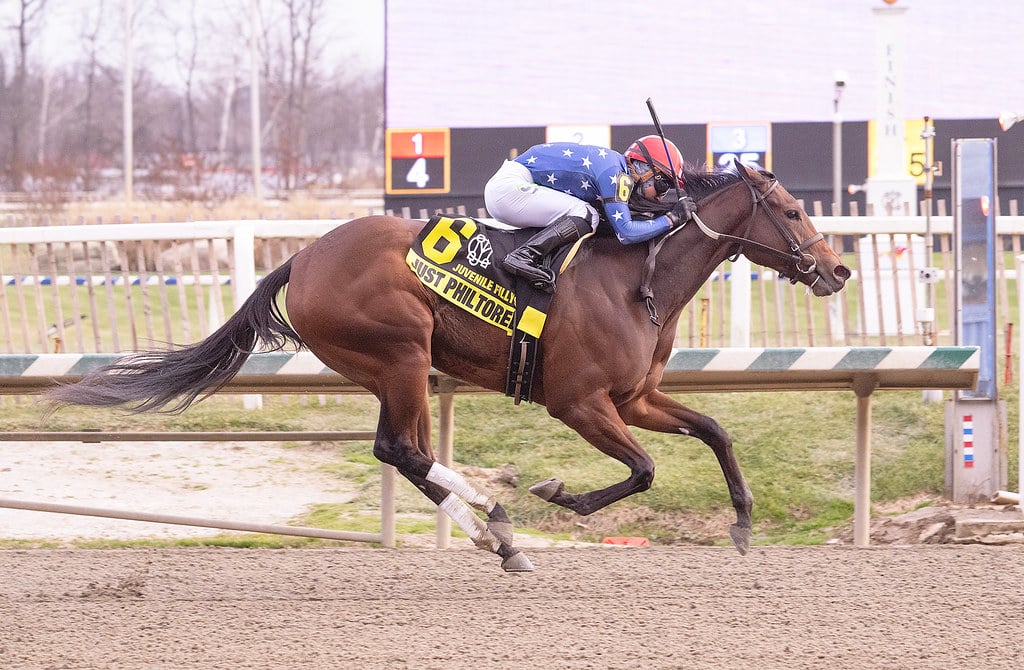
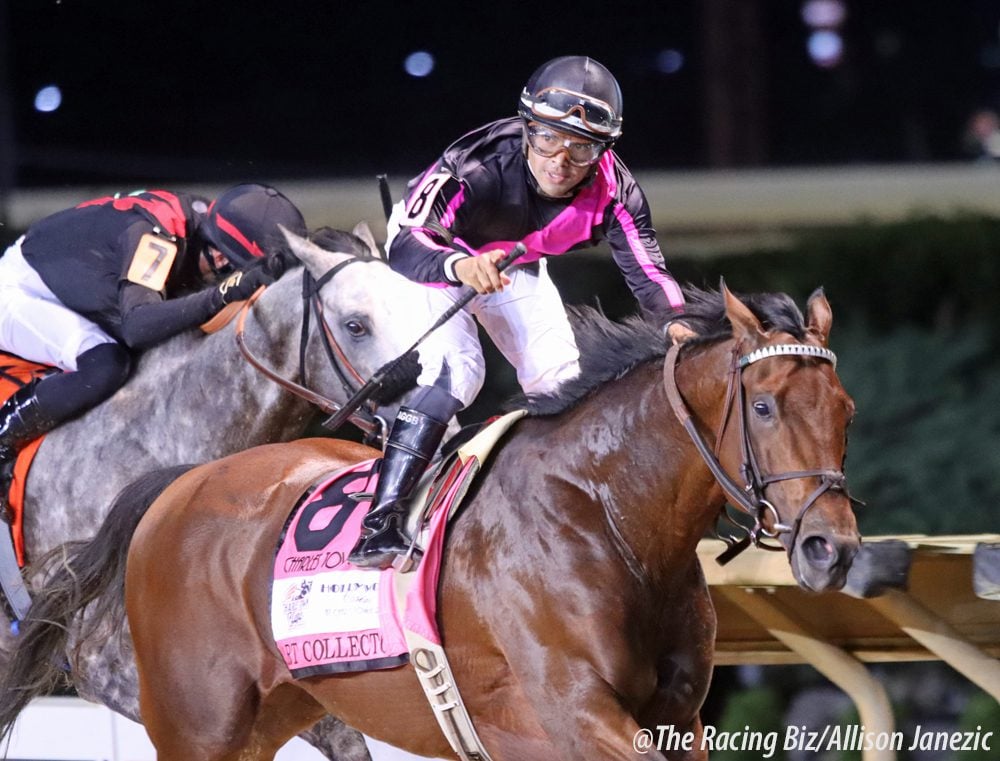

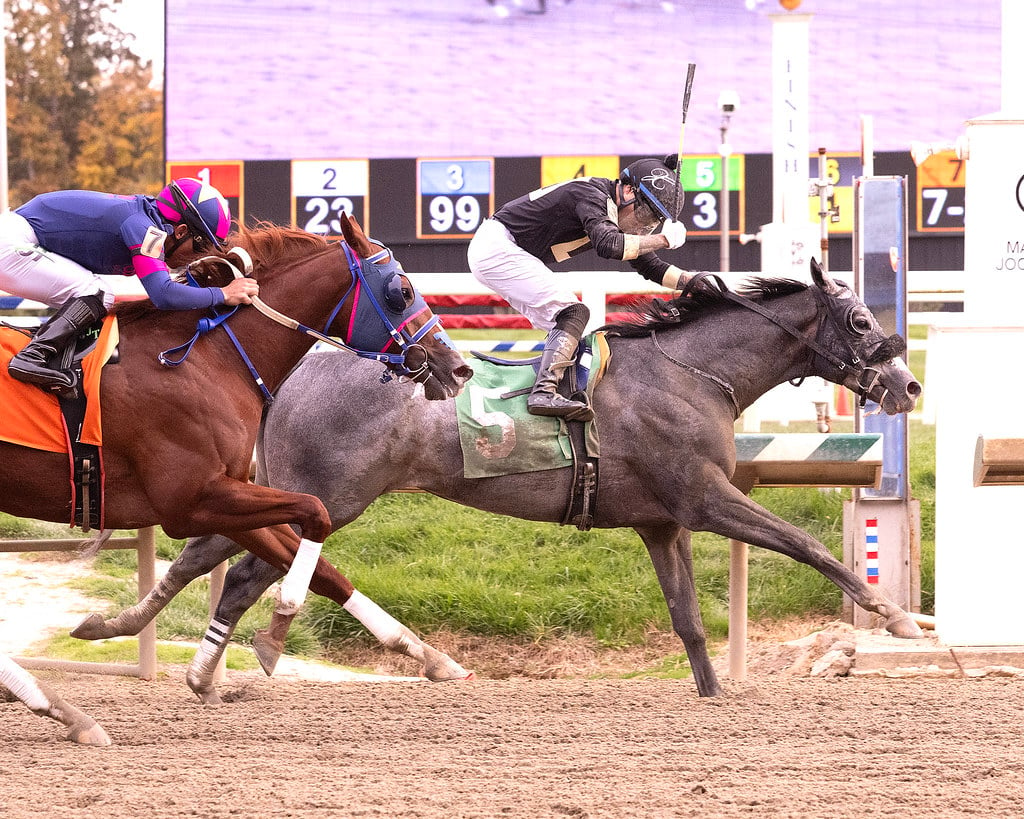
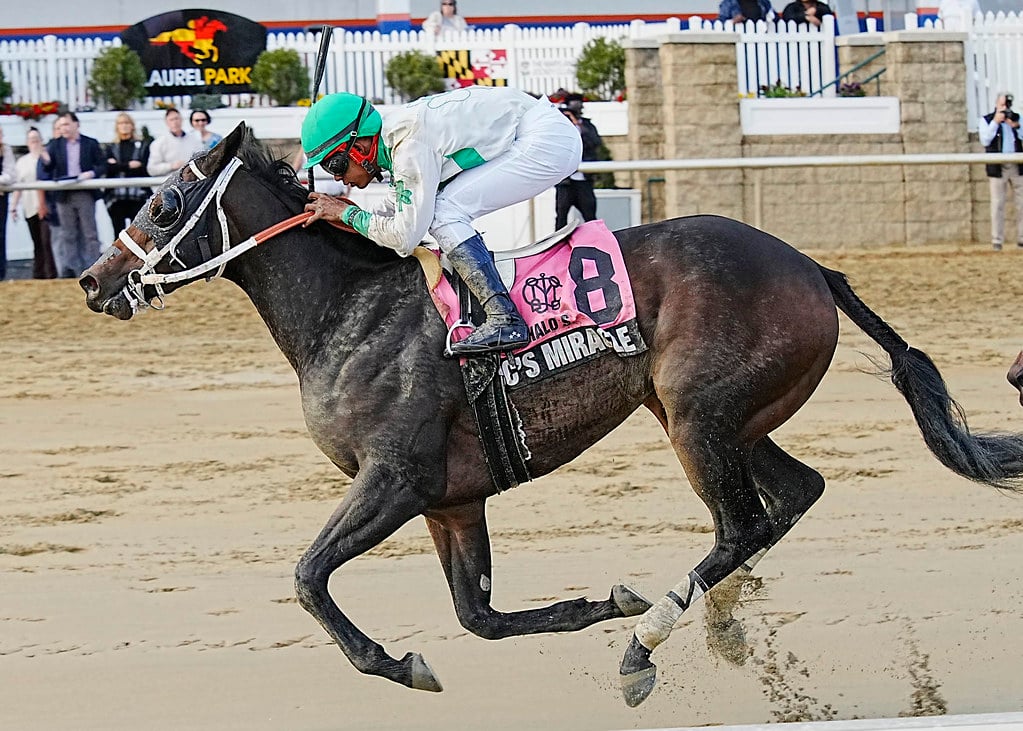
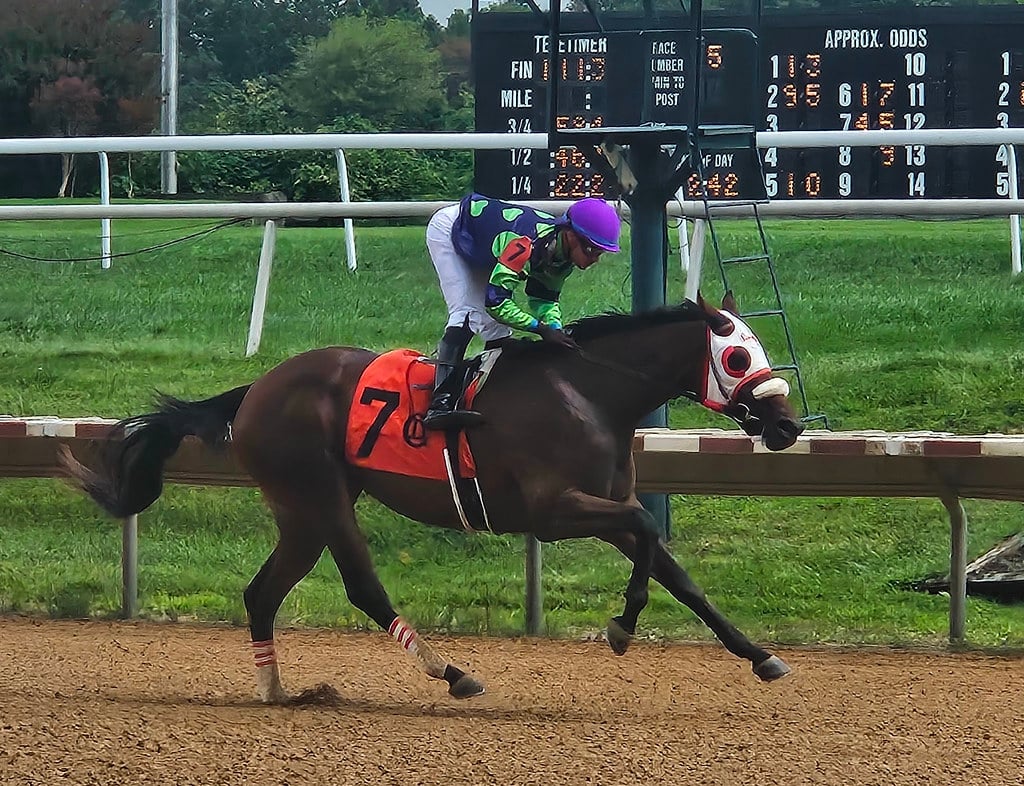

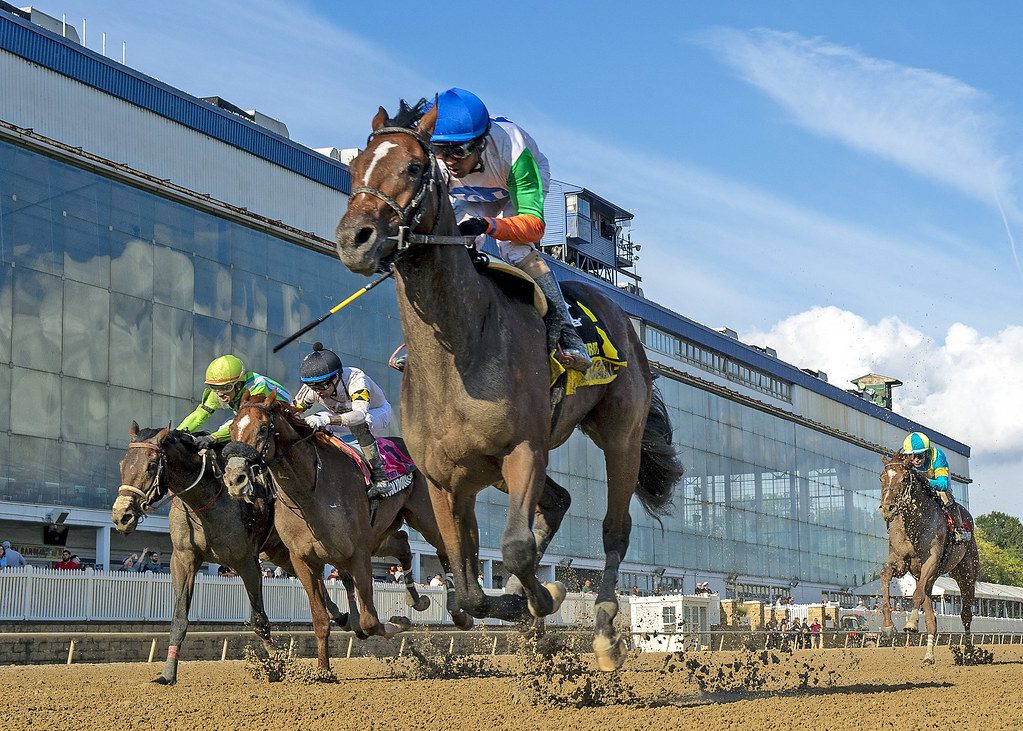
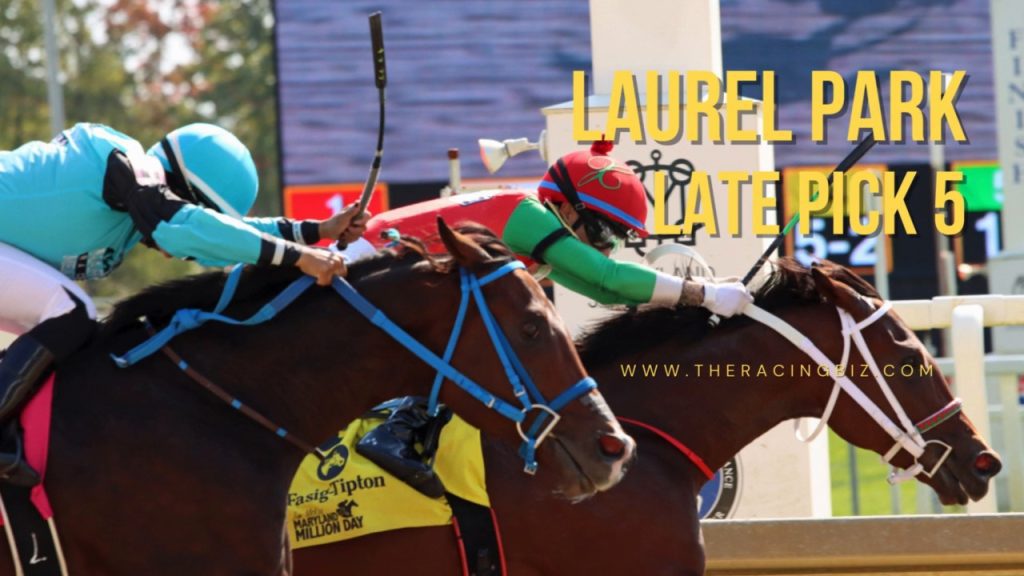



Rick Procctor
13th Dec 2018Mr Algeo is in outer space on this …#PieInTheSky